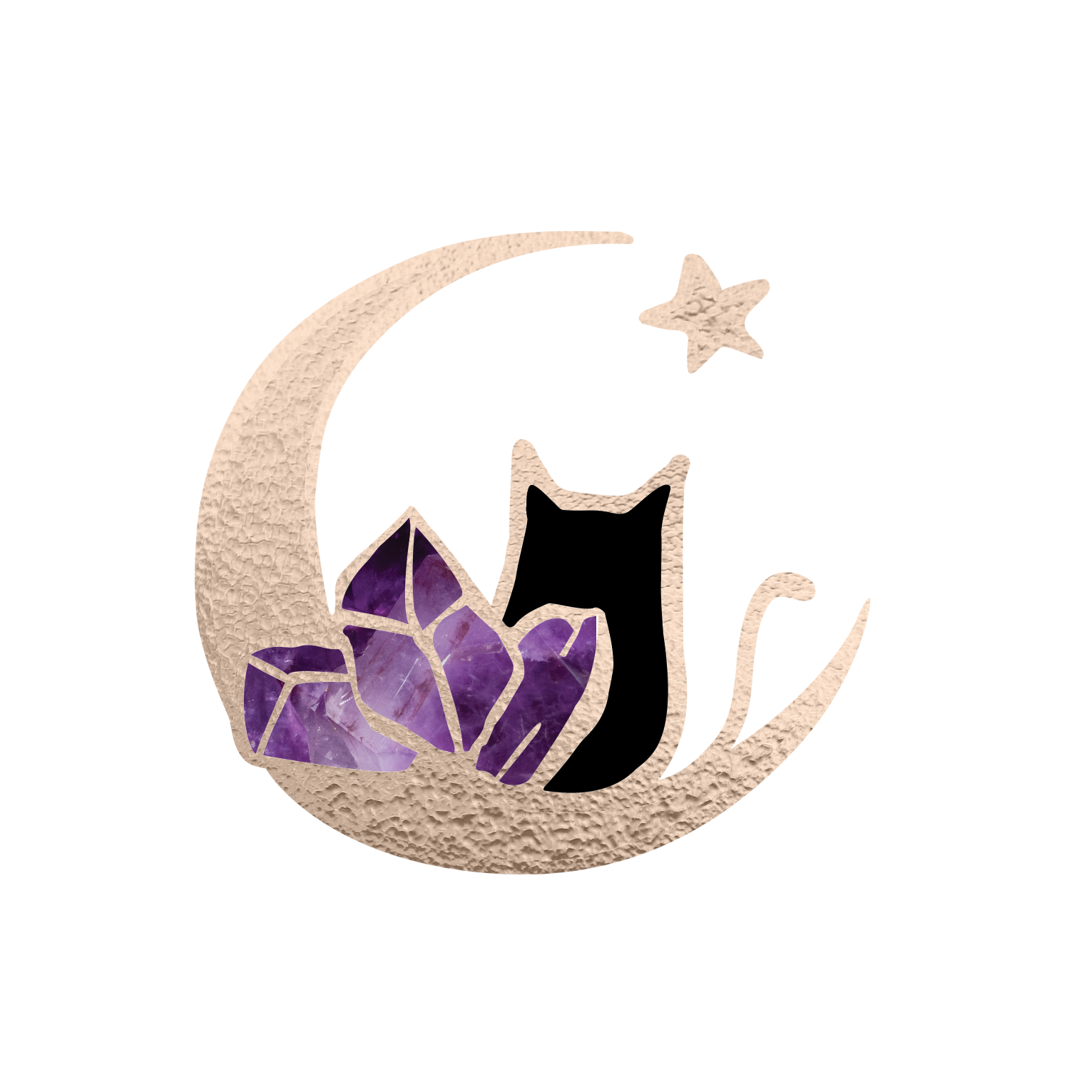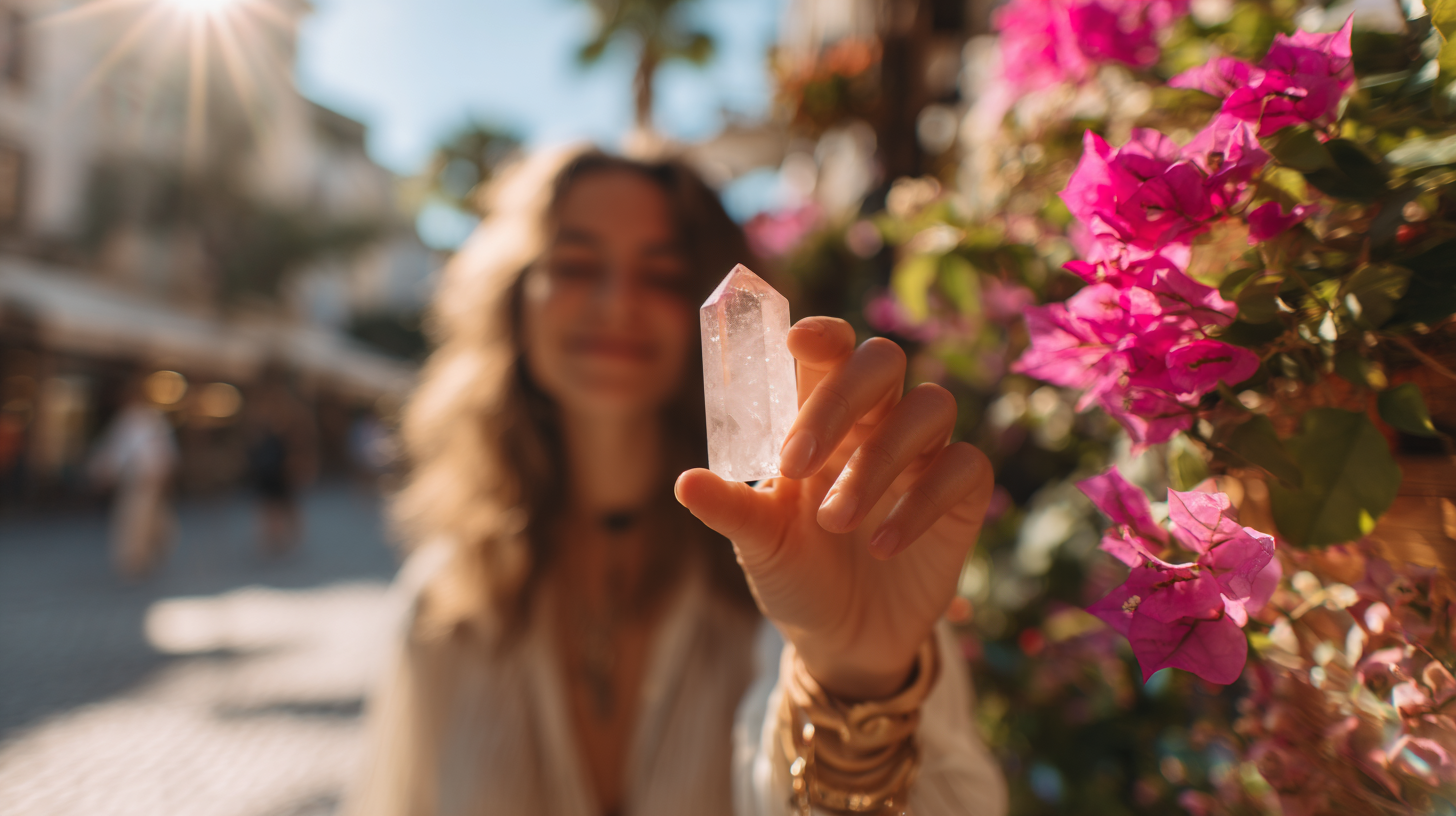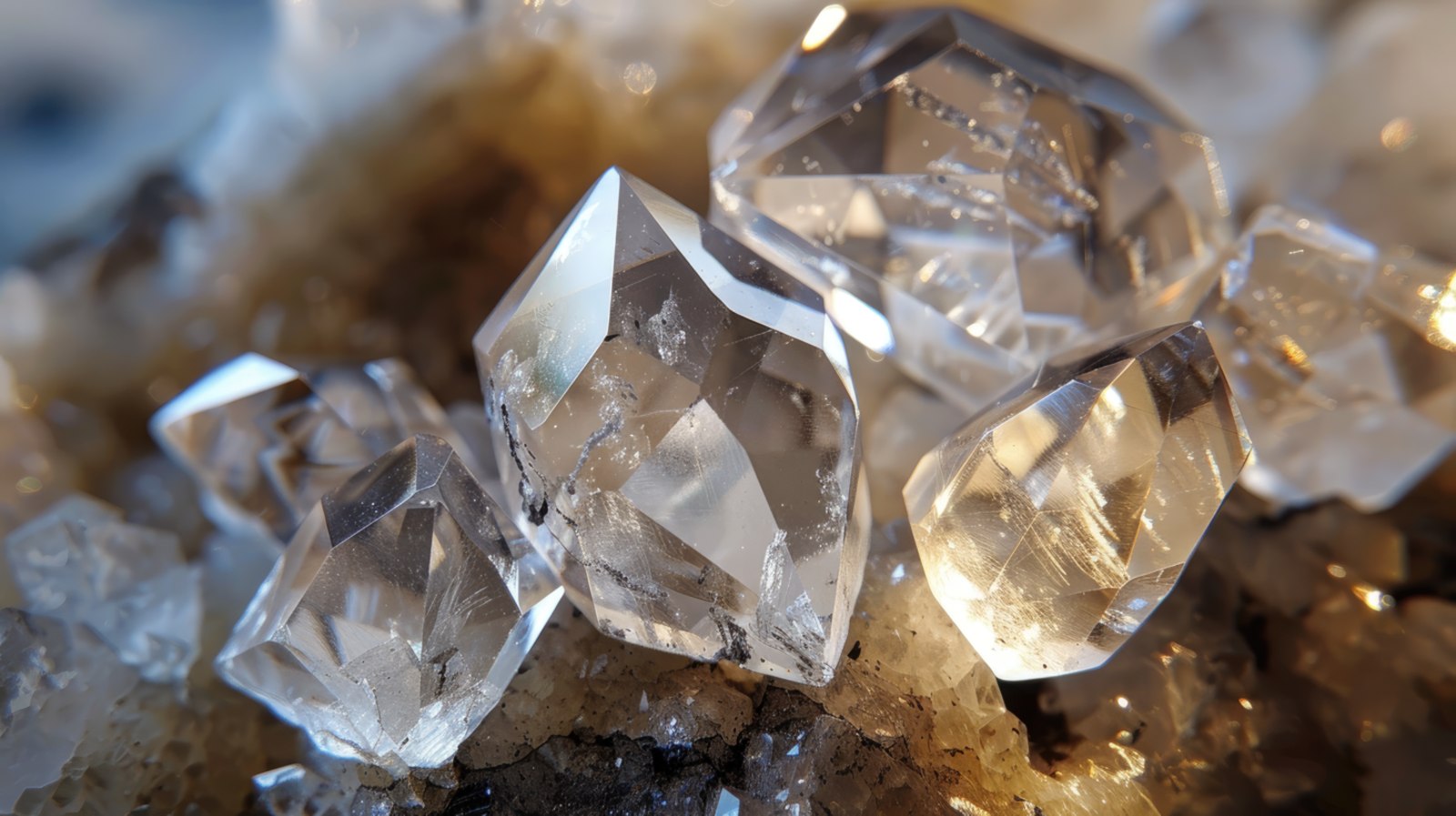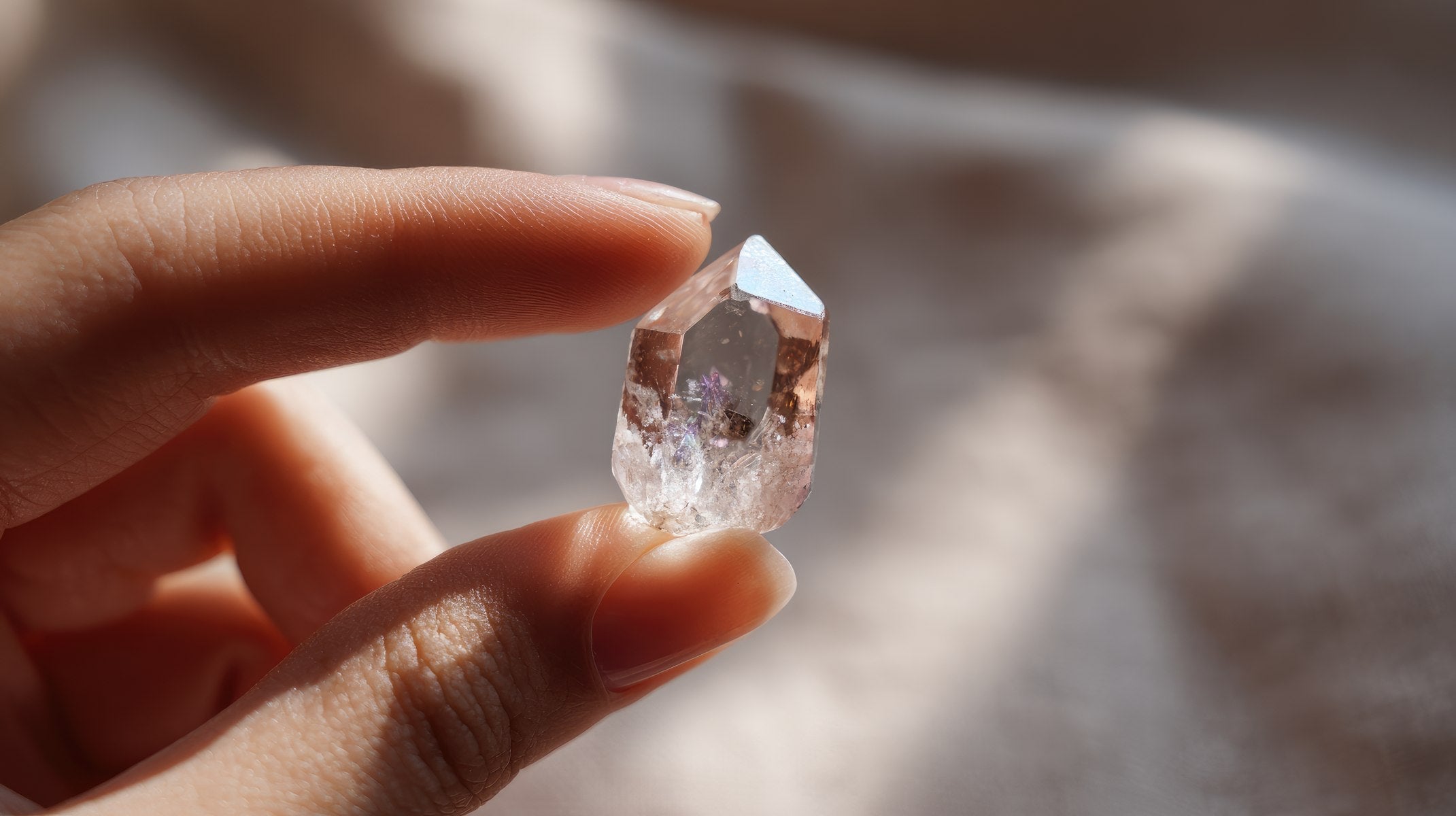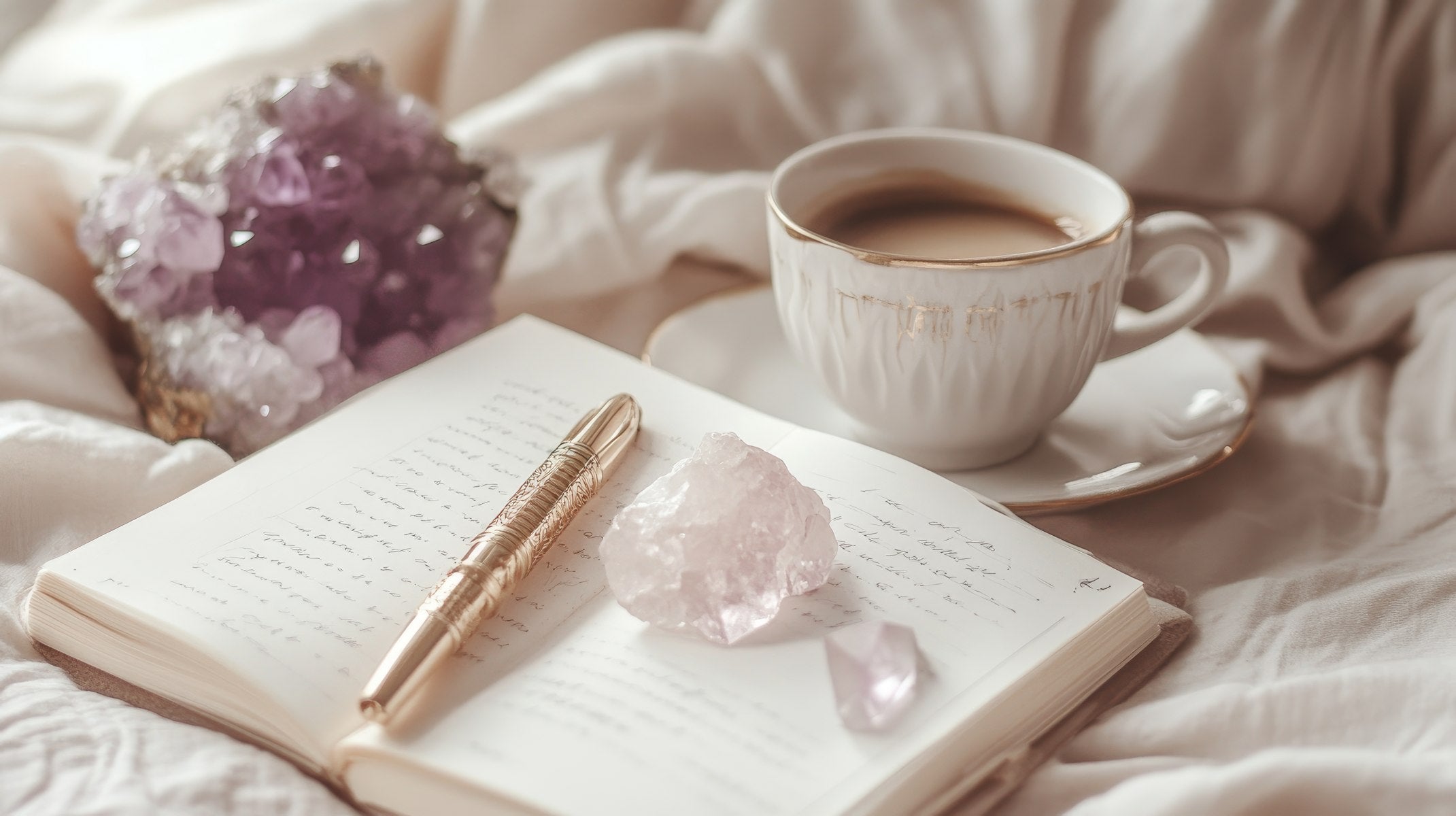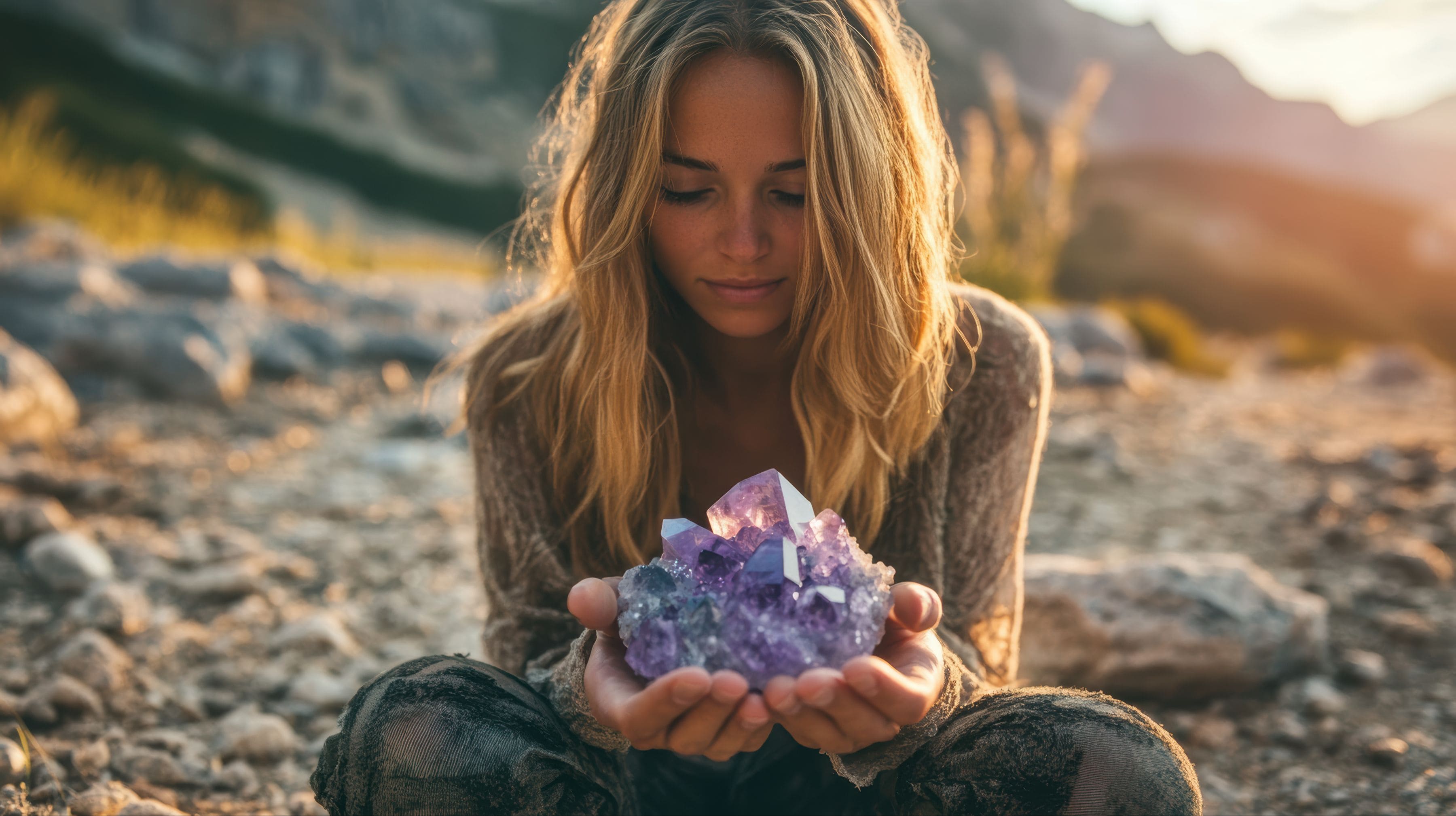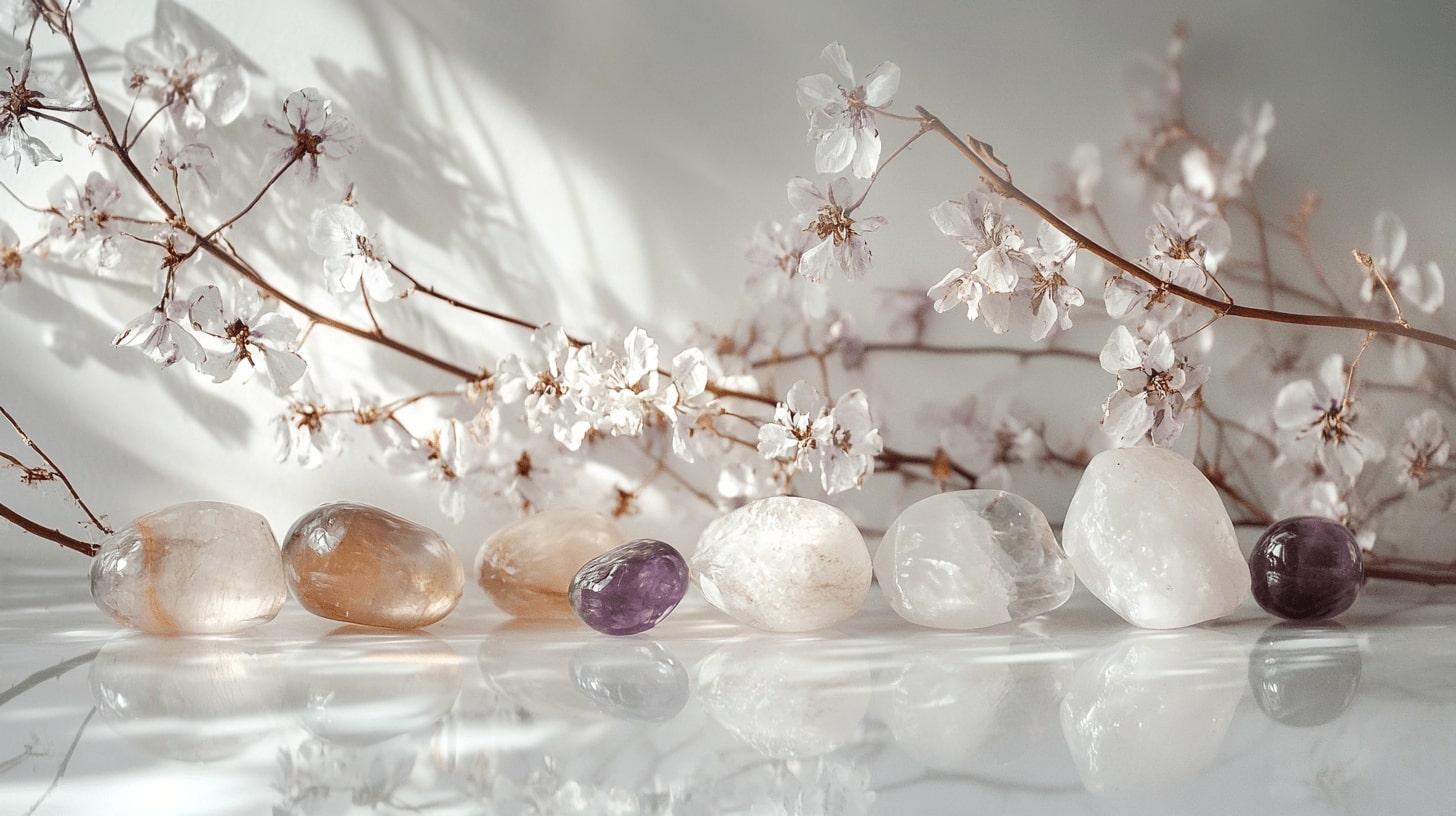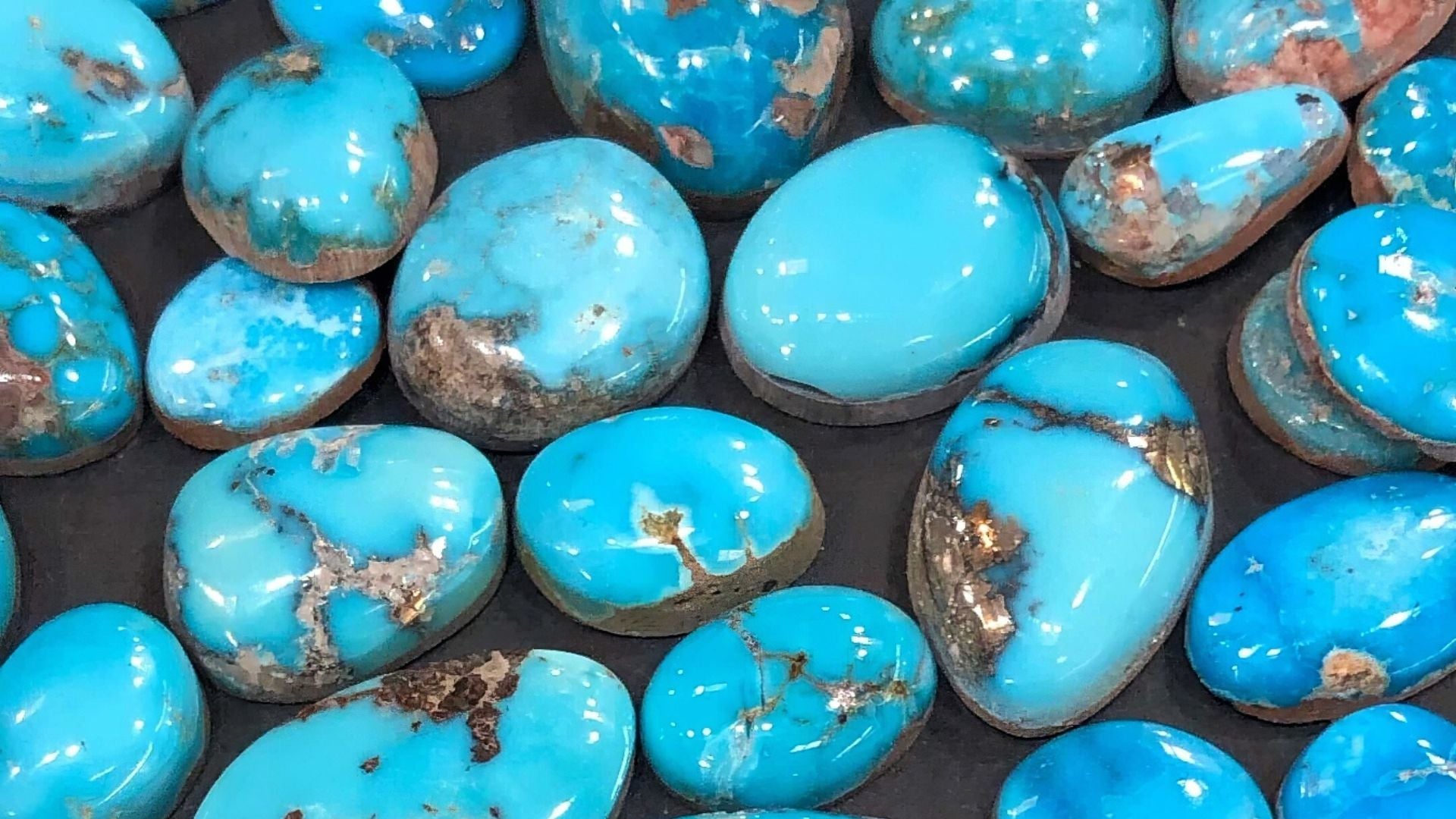
Turquoise Properties

About Turquoise
Turquoise, together with ruby, emerald, sapphire, and diamond, is one of the most recognized jewels in the world. It a rare, beautiful, powerful stone, surrounded by mystery, lore, and love.
Physical Properties of Turquoise
The most sought-after color of turquoise is the intense sky blue and robin’s egg blue. This color turquoise is often associated with the Sleeping Beauty Mine (Globe, AZ, US) and, as such, this mine has a reputation for producing incredible and coveted turquoise. It's worth noting that the inclusion of iron can change turquoise's color to yellow, with greenish marks. Turquoise commonly contains pyrite inclusions, which crates a beautiful turquoise and gold combination. You can also distinguish turquoise from other minerals by its characteristic black impurities. Turquoise is always opaque.
Because of the its incredible popularity in both ancient and modern times, many excavation sites and mines have been depleted. Currently, the most significant sources of this beautiful stone can be found in the southwestern US, Afghanistan, Australia, India, Chile, China, and also Europe.
Turquoise forms as veins, where water containing a high mineral content seeps into cracks and crevices in rocks.
Turquoise's hardness ranges between 5 and 6 on the Mohs scale; it is a hydrated phosphate of copper and aluminum. Because of its chemical structure, it's fairly fragile when exposed to perfume, cosmetics, skin oils, cleaning fluids, sunscreens, and hairspray. While it's gorgeous as jewelry, be sure to take care of it well, so it doesn't get scratched or damaged.
History and Uses of Turquoise
In Greece, turquoise was known as callais, as we can find from Pliny the Elder’s texts.
In Egypt, turquoise has been used since the First Dynasty era (3000 BCE), or maybe even earlier. Turquoise was mined mostly in the Sinai Peninsula, which was known under the name: the Country of Turquoise. In Egyptian artifacts, turquoise was accompanied by gold, carnelian, lapis lazuli, and colored glass.
One of the most famous Egyptial artifiacts inlaid with turquoise is Tutankhamen’s burial mask.
However, turquoise was used in rings and chest plates, as well. It was also carved into scarabs used in funerary rituals, and associated with Hathor, the goddess of love and fertility. To meet the high demand for it, turquoise was sometimes replaced with faience, a type of glazed ceramic.
One of the most crucial turquoise mines in the ancient world was located in Iran, and it functioned for 2000 years. Iranians loved turquoise: they called it the stone of victory and heaven on earth. Looking at the traditional architecture of Iran, once can notice that the domes of palaces and mosques were covered with turquoise, including the famous Medresseh-I Shah Husein Mosque, located in Isfahan, which was Persia’s most-famed college. Arabian calligraphy was often engraved in turquoise and then inlaid with gold. Turquoise was used to decorate turbans and bridles, as well.
Because of the Persian mines in Khorasan, turquoise traveled to Turkey; and because of its presence in Turkey, the French thought that turquoise was a Turkish mineral. Subsequently, they used the word turquoise (meaning: Turkish) to describe it.
With time, turquoise became accessible in the Mughal Empire. The turquoise, together with gold, rubies, and diamonds, was used in the construction of India's most recognized site: the Taj Mahal.
Turquoise traveled along the silk road, too. In China, it was popular mostly during the Shang Dynasty, although it could never compete with jade. Cabochons of turquoise were also found in Tibet and Mongolia; however, the greener shade was more popular in these areas – probably because of its similarity to jade.
Interestingly, turquoise was rather popular in Latin America as well, mostly among the Pre-Columbian Mesoamerican tribes. The Aztecs called it chalchihuitl and combined it with other precious materials (like gold, malachite, jade, quartz, or coral) to form ceremonial mosaics or masks. At times, human skulls were used as a base, but other bones, shells, and wood were used, as well. Especially worth mentioning is the spectacular mask of Xiuhtecuhtli, the local god of fire, which featured turquoise. Even shields and knives were inlaid with turquoise. Mesoamericans used natural resins, bitumen, and wax to keep turquoise in place.
In Europe, turquoise surged in popularity after the 14th century, marked by the decline of the Roman Catholic Church's influence. Turquoise was finally allowed in secular jewelry and more people started wearing it. Later, In 17th century Russia, some backswords were inlaid with turquoise.
Metaphysical Properties of Turquoise
Turquoise is a December birthstone and a great stone for those born under the Sagittarius zodiac sign.
The calming energy of turquoise supports the throat chakra and helps with speaking your truth, being confident in your voice, and leveraging your wisdom.
Because of its use in so many cultures, turquoise's spiritual abilities are well-described. It’s a balancing stone for the anahata (the heart chakra), vishuddha (the throat chakra), and ajna (the third eye chakra). However, it's said to have a beneficial effect on all chakras and foster emotional well-being. It is also said to curb moodiness and mood swings.
Traditionally, turquoise corresponds to three elements: earth, air, and fire.
Turquoise is said to help to purify your soul, chase away any negative energies surrounding you, and protect you from harmful influences. It can help to foster your sense of self and show you creative ways of solving problems and getting unstuck. Yellow turquoise can even facilitate spirit work and connect you to the sky and earth.
Turquoise is also a stone of friendship and love, which is why gifting it so popular. Turquoise is the birthstone of those born in December and will work best for those who born in colder seasons: Scorpios, Sagittarius, Aquarius, and Pisces.
Turquoise is said to be great for our bodies, too. It is said to help the absorption of nutrients, speed up healing, and boost the immune system. Turquoise is also said to purify the lungs.
